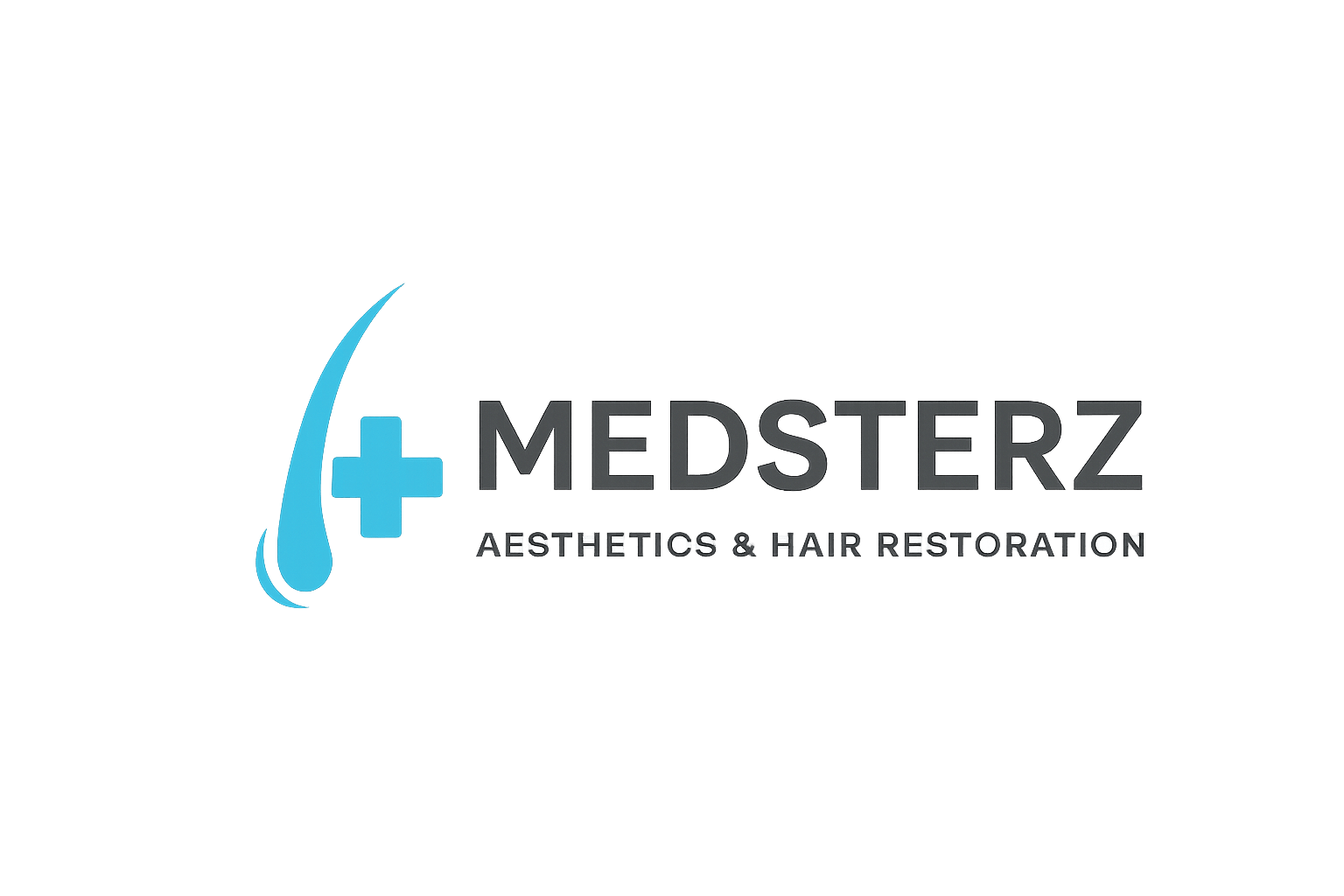Gum Disease: Early Signs, Treatment Options & Prevention
Your complete 2025 guide to recognizing the early signs of gum disease, understanding treatment options, and keeping your gums healthy for life.

Introduction
Healthy gums are the foundation of a beautiful smile — but they’re often overlooked until problems arise. Gum disease (periodontal disease) affects nearly half of adults over 30, according to the American Dental Association (ADA), and can lead to tooth loss if left untreated.
This guide explains the early warning signs, modern treatment options, and effective prevention tips to help you maintain strong, healthy gums.
🩸 What Is Gum Disease?
Gum disease is an infection and inflammation of the tissues that support your teeth, primarily caused by plaque buildup — a sticky film of bacteria.
It progresses in two main stages:
-
Gingivitis:
-
The earliest stage of gum disease.
-
Gums become red, swollen, and bleed easily during brushing.
-
Reversible with proper dental care.
-
-
Periodontitis:
-
Advanced stage where bone and tissue start deteriorating.
-
Leads to gum recession, loose teeth, and even tooth loss.
-
Requires professional treatment to manage.
-
⚠️ Early Signs of Gum Disease
Recognizing symptoms early can prevent irreversible damage. Common signs include:
-
Swollen or tender gums
-
Bleeding while brushing or flossing
-
Persistent bad breath
-
Gum recession (teeth appear longer)
-
Loose or shifting teeth
-
Formation of deep “pockets” between teeth and gums
If you notice any of these symptoms, schedule a dental checkup immediately.
🦷 Treatment Options for Gum Disease (2025 Update)
1. Professional Dental Cleaning (Scaling & Root Planing):
-
Removes plaque and tartar from below the gumline.
-
Performed under local anesthesia.
-
Often the first step for mild to moderate cases.
2. Laser Therapy:
-
A minimally invasive alternative to surgery.
-
Lasers target infected tissue and sterilize bacteria without damaging healthy gums.
-
Faster healing and less discomfort.
3. Antibiotic Therapy:
-
Topical gels or oral antibiotics are used to reduce bacterial load.
4. Surgical Treatments:
-
Flap surgery: Lifts gums to clean deep pockets.
-
Bone or tissue grafts: Restore lost bone and gum structure.
5. Maintenance:
-
Regular cleanings every 3–6 months to prevent recurrence.
🥦 Prevention: How to Keep Gums Healthy
Healthy habits go a long way in keeping gum disease at bay.
✅ Brush twice daily with fluoride toothpaste
✅ Floss once a day to remove plaque between teeth
✅ Use an antimicrobial mouthwash
✅ Quit smoking, as it slows healing and increases risk
✅ Eat a balanced diet rich in vitamins C and D
✅ Visit your dentist every six months for professional cleaning
📊 Scientific Data
A 2024 study in the Journal of Clinical Periodontology showed that laser-assisted periodontal therapy significantly reduced bacterial load and improved gum attachment levels compared to conventional cleaning.
Another meta-analysis in BMC Oral Health (2023) found that consistent flossing and mouthwash use reduced gingivitis risk by over 50%.
💡 Expert Tip
If you have diabetes, heart disease, or smoke regularly, you’re at higher risk of gum disease. Regular dental visits are crucial for early detection and management.
✅ Key Takeaway
Gum disease is common but preventable. Early diagnosis and proper care can save your gums, teeth, and overall oral health. Prioritize good hygiene and schedule regular checkups to keep your smile strong and healthy.
